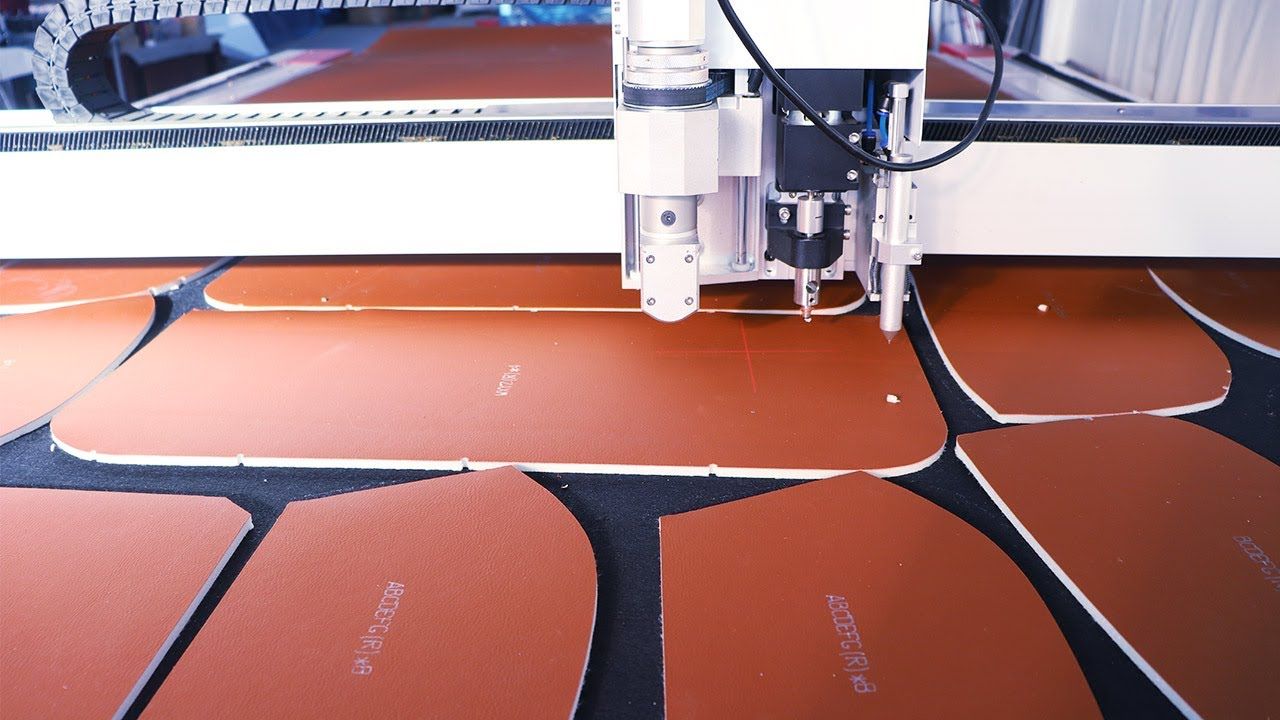Industries like fashion, automotive, and furniture often depend on leather cutting. Competitiveness hinges on the choice of cutting equipment. Conventional methods of cutting leather are increasingly being replaced with a leather cnc cutting machine, thanks to their practical application and the high cutting precision they offer. However, the accuracy and precision of a machine aren’t the only features to consider. There are a number of features and models to choose from. This makes selecting a machine a perplexing exercise. Considering the materials, their types, production goals, and cost constraints will help businesses in making a successful long-term technological investment.
Evaluating Production Needs
Understanding production needs comes first in the process of allocating a CNC leather cutting machine. A small workshop that only custom-makes bags and leather jackets bears stark differences from a workshop that does mass production of automotive leather seats or furniture. The primary concern for small micro-enterprises is compactness of the machine with sufficient accuracy. On the other end of the spectrum, hyperscale factories need high output, multi-layer cutting machines that can manage tens of thousands of units a day. Production volume and design complexity together are the key drivers that help narrow down the options.
Matching Machine Capabilities to Material Types
Not all leather is the same, and a CNC leather cutting machine should work with the types of materials that a company uses the most. Genuine leather, synthetic leather, PU, sheepskin, cowhide, and others all have their distinct features that could hinder cutting operations. Machines with high-frequency oscillating knives work well with thick or layered hides, whereas dual-beam systems may work better with thin and composite materials. It is important that the selected machine can handle various types of leather without sacrificing accuracy and speed.
Considering Precision and Accuracy
Businesses buy CNC leather cutting machines for many reasons. One is to increase accuracy to improve the bottom line. Inconsistent cutting can result in wasting materials, which makes sewing and other operations inefficient and the overall product quality poor. A CNC machine should be able to perform cutting reliably across all the positions of the workbench. Some machines have CCD cameras and other advanced cutting machines, which have smart nesting systems that improve precision and accuracy. Accuracy is essential in high-quality brands, and such brands need to pay more attention to the machines they are considering.
Assessing Performance and Punctuality
In any industry, being able to offer your products quicker than your competitors is a vital advantage most companies strive for. Each CNC leather cutting machine is designed to carry out specific tasks, with some able to operate at faster speeds than their counterparts. Machines with automatic feeding as well as multi-layer cutting systems tend to increase unit production as they minimize equipment idling. Businesses producing limited edition seasonal fashion collections or bulk orders of automotive interiors would appreciate machines that operate swiftly, without much operator attention. Not only do faster systems improve efficiency, but they also lower labor and operational costs.
Balancing Size and Space Requirements
For most companies, workshop size is a major hindrance. Bigger machines may offer more advanced features, but will most certainly take a lot more floor space. Any business with space constraints can benefit from more affordable, compact CNC cutters that offer nearly the same precision. Making a purchase without first assessing the available workspace can lead to operational silos in production lines. Furthermore, a lack of operational equipment in the future can lead to unrestricted growth.
Evaluating Cost and Return on Investment
Any purchase involves the question of money being the most obvious factor. But the cost of purchase carries a lot of consideration that needs to be made. A machine that is cheaper, but misses the durability, precision, and support is a wasted purchase in the long run, and is going to cost excessive in maintenance, labor, and produced materials. The return on investment appears favorable in consideration of the savings in labor, materials, and time that are used in the process. The fact that the machine reduces the leather waste can prove to save a large amount of money in the case of bulk-producing manufacturers.
Conclusion
Taking the time to understand the production needs of the business on their balance, the fabric types, precision targets, and targets for productivity for the CNC leather cutting machine is key. Technical details, after-sales service, space, and long-term value are of equal importance. These tailor businesses will be able to maximize profits and productivity while minimizing expenses and continuously yielding high-quality leather products. This balance is crucial for the business; they ought to purchase the CNC leather cutting machine for business growth. This will put them at the forefront of the competition.

